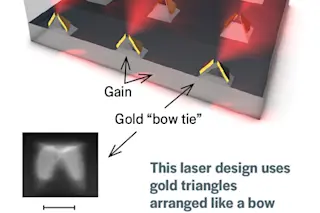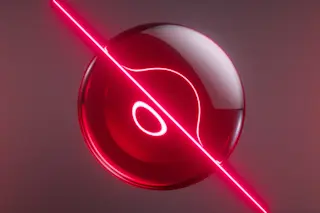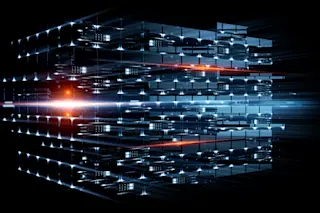Nanoengineers have a shiny, new tool at their disposal: laser-producing devices the size of viruses. The Lilliputian contraptions consist of two gold triangles whose peaks are pointed toward each other, creating a sort of three-dimensional bow tie shape.
This particular geometry forms a “hot spot” between the metallic triangle points capable of concentrating electromagnetic fields in a small volume — just tens of nanometers across.
“Shape is really important,” says chemist and materials scientist Teri Odom of Northwestern University, the corresponding author of the findings. Typically, lasers require a much larger cavity that allows light to bounce back and forth between mirrors for it to become amplified into a laser (light amplification by stimulated emission of radiation).
“That’s what’s spectacular about the structure of these materials — you can get unexpected properties out,” Odom says.
Generating laser light at such a small scale is possible because of localized surface plasmons, ...















